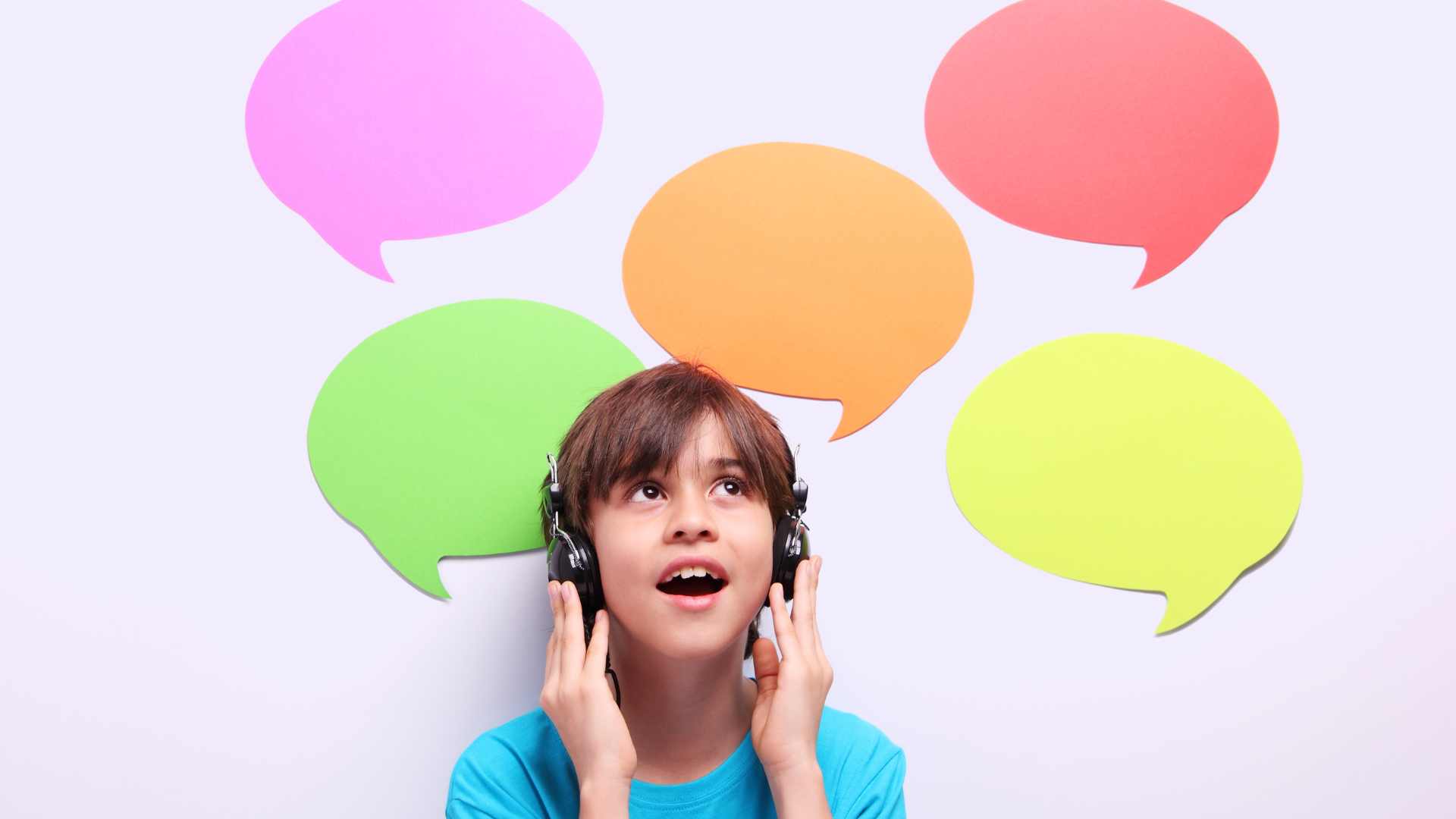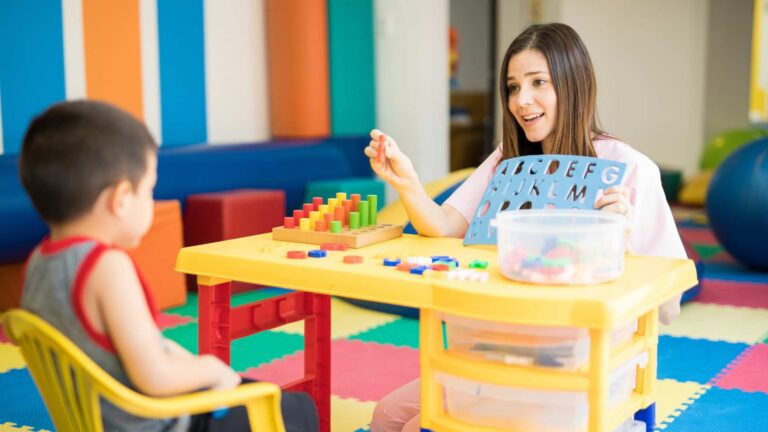Interactions with parents significantly influence language acquisition in children with autism spectrum disorder. However, many children with autism face challenges in communication and language development. While each individual with autism is unique, exhibiting varying strengths and difficulties, a debate has emerged around bilingualism and autism: does speaking two languages affect the language skills of these children? Some parents of children with autism in bilingual households often express concerns about whether their children should simultaneously learn both languages and whether this might further hinder their language skills.
Many experts and families touched by neurodiversity assert that bilingualism does not impact language acquisition or delay the learning process of communication. However, an opposing view suggests bilingualism and autism present significant challenges for children compared to their monolingual peers. It is crucial to note that there have not been enough studies comparing language development between bilingual and monolingual children with autism to demonstrate whether raising a child with autism in a bilingual learning environment leads to delayed language development, increased communication difficulties, or additional impairments.
Bilingualism and autism are more common than you might think. One-fifth of the U.S. population is bilingual, and many children grow up in homes where family members speak multiple languages. This data suggests that many children on the autism spectrum already experience various languages during their development. Research conducted in 2019 estimated that over 25% of children diagnosed with autism in the United States reside in bilingual households.
Texas has the second-largest Spanish-speaking population in the United States, comprising nearly 11 million people, and projections indicate that this figure will continue to increase. Besides Spanish, almost every language worldwide is represented across the United States, making the bilingual population extremely significant. At Texas ABA Centers, we recognize that exploring the intersection of bilingualism and autism is crucial for fostering inclusion and consideration of all communities while honoring and respecting cultural heritage.
In this blog, we will delve into the experiences of bilingual children with autism and the factors parents should consider when choosing a treatment option to enhance the quality of their experiences and participation in the outside world. We will also discuss how ABA therapy can assist in boosting confidence and overcoming communication and socialization difficulties in bilingual children with autism.
What Does Science Say About Bilingualism and Autism?
In the past, many clinicians and developmental professionals believed that bilingualism in children with autism could lead to increased confusion and frustration when learning and processing information in multiple languages. Consequently, they often advised families to use only one language when communicating with their neurodivergent child. However, this recommendation was not grounded in studies demonstrating heightened behavioral, symptomatic, or learning difficulties.
Fortunately, recent studies indicate that bilingualism and autism can coexist without negatively affecting language acquisition in neurodiverse children.
Considering these two perspectives, it’s evident that further research on bilingualism and autism is necessary. Speech and education specialists must continue investigating this intricate matter, as whether to teach one or two languages to children with autism ultimately rests with their families.
Bilingualism and Autism: Key Considerations
Studies have demonstrated that speaking multiple languages can offer academic, social, emotional, and cognitive benefits. However, bilingualism can be challenging for anyone and may pose particular complexities for those on the autism spectrum. Consequently, families navigating neurodiversity contemplate the implications of using one or more languages to communicate with their neurodiverse child.
These are some of the topics that parents consider about bilingualism and autism:
Language Barriers:
Multilingual families with children with autism often contemplate the potential language barriers that arise from speaking to their child in a language that is not the parent’s first language. Some parents may be concerned that communicating with their child in a second language could create a language barrier, while others may not perceive it as an issue.
Language Choice:
Selecting the language for communication with your children is another aspect to consider when addressing bilingualism and autism. Parents often think they should use the language used in their child’s school environment or the language most prevalent in the culture and people around their child.
Advantages and Disadvantages of Bilingualism:
Comprehending and speaking two or more languages can offer potential academic and employment advantages for individuals, including children with autism while enhancing their socialization opportunities within their families and with other children. However, parents often ponder whether maintaining bilingualism might impact ABA therapies and school progress.
Cultural Heritage:
For many parents of children with autism, honoring their cultural heritage through language is essential. Opting for a language not their native tongue may lead to conflicts. Studies have shown that maintaining the parents’ native language in bilingual families fosters better relationships with other family members, preserves cultural heritage, and strengthens overall family cohesion.
All children diagnosed with autism exhibit symptoms of varying severity. However, communication challenges are often present within the autism community, with some children on the spectrum being nonspeaking. These communication difficulties may lead some families to approach bilingualism more critically. Nevertheless, we recognize that not all families have the option to use the language in which their child may interact outside the home.
How Does ABA Therapy Assist Families in Navigating Bilingualism and Autism?
ABA therapy is an outcome-based teaching methodology effective in addressing the symptoms of autism that hinder children’s participation in society. It enhances social and communication skills, reduces challenging behaviors, promotes language acquisition, and alleviates anxiety symptoms. Furthermore, ABA therapy providers tailor individualized treatment plans based on the needs and goals of each child and their family.
ABA therapists can employ numerous strategies to promote bilingualism in children on the spectrum if their parents opt for it. In-home ABA therapy proves advantageous for bilingual children, offering a secure, comfortable, and inclusive environment. Furthermore, therapists utilize visual aids for teaching new words, engage in age-appropriate activities in both languages and provide plenty of practice opportunities.
Lastly, children with autism should have ample opportunities to interact with native speakers, as this helps them grasp the subtleties of each language.
Texas ABA Centers Embraces Bilingualism and Autism
At Texas ABA Centers, we work to strengthen the skills of children who struggle with difficulties related to bilingualism and autism. Our ABA care providers encourage communication practices to support children on the spectrum and their families.
Our bilingual clients typically improve language acquisition and comprehension through consistency and dedication, fostering better expression. Additionally, we provide training and resources to support parents of bilingual children on the spectrum in reinforcing learning during sessions.
With our in-home ABA therapy and dedication, bilingual children with autism acquire essential skills. Bilingual children with autism can also benefit from their dual language abilities to foster deeper connections with themselves and others. It’s time to acknowledge the advantages of bilingualism and autism, reframing what some people previously considered a deficit.
We respect your goals and family culture. With the proper support, bilingualism and autism can bring significant benefits to children on the spectrum. Together, we can explore your options!
To answer your questions about ABA therapy, bilingualism, and autism, call us at (877) 771-5725 or visit the Texas ABA Centers website.








